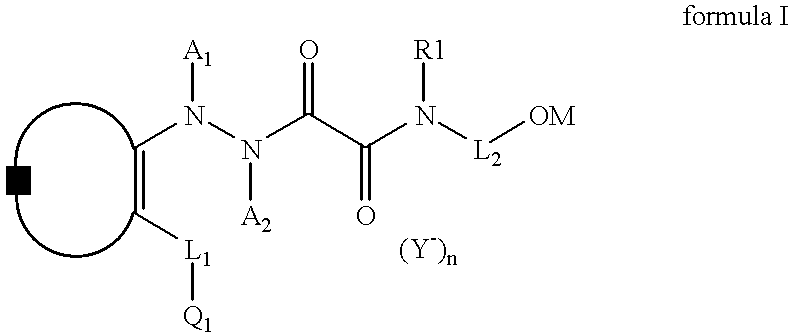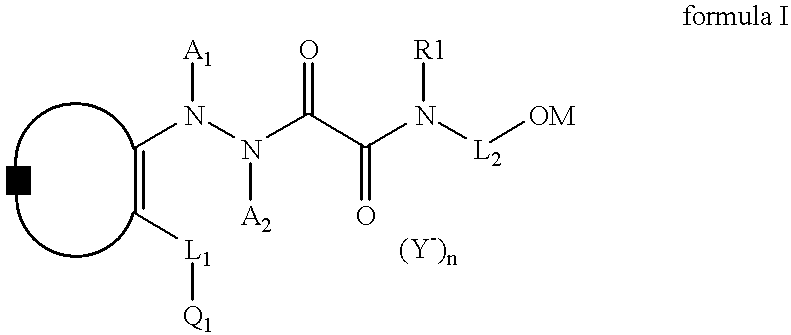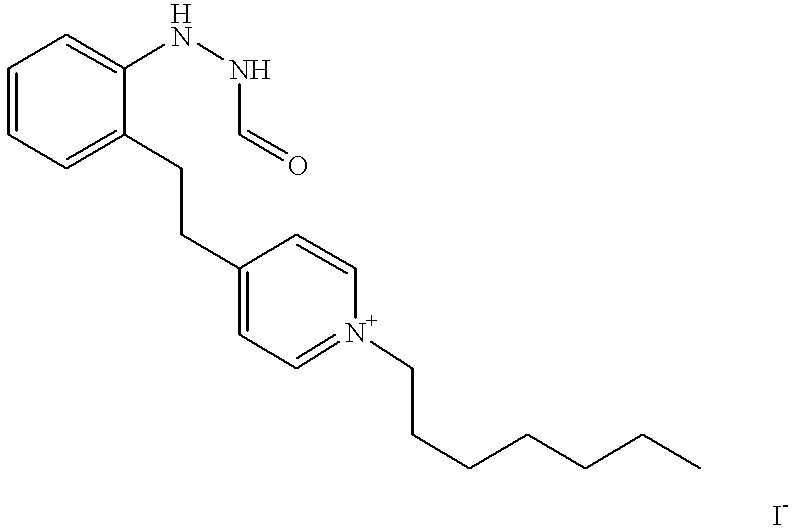Photographic material containing a novel hydrazide type
a hydrazide and photographic technology, applied in the field of new active hydrazide nucleating agent, can solve the problems of limited development capacity, complicated replenishment system, and inability to meet the needs of photosensitive materials, so as to facilitate dispersive emulsification, prevent electric charges, and improve slidability
- Summary
- Abstract
- Description
- Claims
- Application Information
AI Technical Summary
Benefits of technology
Problems solved by technology
Method used
Image
Examples
example 2
Preparation of the Emulsion
To an acid aqueous gelatine solution containing sodium chloride and potassium bromide an aqueous solution containing silver nitrate and an aqueous solution containing sodium chloride, 1.0.times.10.sup.-7 mol / mol silver Na.sub.3 RhCl.sub.6 and potassium bromide were added with stirring in accordance with a double jet method to form silver chlorobromide grains having an average grain size of 0.27 .mu.m (variation coefficient: 23%) and a chloride content of 84%.
Thereafter, the emulsion was washed using a conventional flocculation method, and then redispersed with 27 g gelatin / mol silver. The chemical ripening of the emulsion took place at 57.degree. C. by adding 1.2.times.10.sup.-3 mol of potassium iodide / mol silver, 1.0.times.10.sup.-5 mol chloroauric acid / mol silver, 16.times.10.sup.-5 mol sodium sulfite / mol silver, 2.0.times.10.sup.-5 mol sodium thiosulfate / mol silver and 1.6.times.10.sup.-5 mol sodium p.-toluenethiosulfonic acid with a digestion time of 8...
PUM
 Login to View More
Login to View More Abstract
Description
Claims
Application Information
 Login to View More
Login to View More - R&D
- Intellectual Property
- Life Sciences
- Materials
- Tech Scout
- Unparalleled Data Quality
- Higher Quality Content
- 60% Fewer Hallucinations
Browse by: Latest US Patents, China's latest patents, Technical Efficacy Thesaurus, Application Domain, Technology Topic, Popular Technical Reports.
© 2025 PatSnap. All rights reserved.Legal|Privacy policy|Modern Slavery Act Transparency Statement|Sitemap|About US| Contact US: help@patsnap.com



